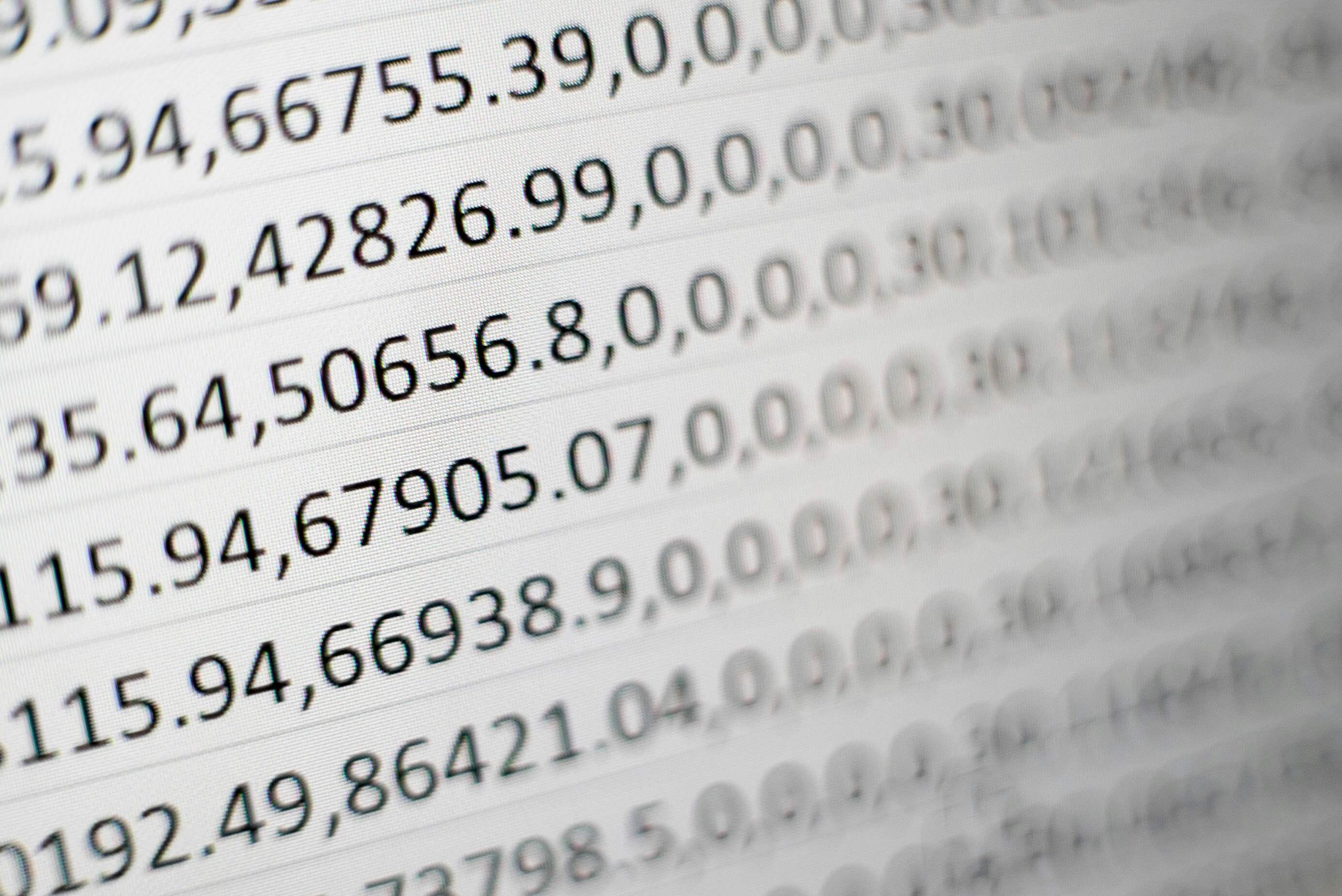
Big data is data that can not be stored and processed by traditional tools. Big data may be generated by humans or by machines. It may be an Employee's data in a Structured format or system logs in a Semi-Structured format.
There are 3Vs of big data
- Velocity - This data is generated at a very high velocity, and we need to use proper tools to catch and manage it; otherwise, we can lose this data.
- Volume - Organizations collect data from various sources like video, audio, gaming website, e-commerce website, internet of things and many more. This data is so big that it can not be stored in single storage.
- Variety - These data are in three formats: Structured, Unstructured, and Semi-Structured.
Sources of Big Data
A vast amount of information is gathered from various sources, all contributing to big data. Below are some of the main sources:
- Social Media Websites such as Facebook, Twitter, Instagram, and LinkedIn produce vast quantities of user-created content, along with interactions, likes, shares, and comments.
- Smart Devices and IoT Sensors Industrial sensors, GPS systems, environmental monitors, and smart devices consistently gather and share data.
- Business Transactions Structured data is extensively generated from financial records, banking activities, e-commerce purchases, and point-of-sale systems.
- Web and Mobile Activities Website logs, search histories, browsing behaviors, and interactions with mobile apps generate significant amounts of data.
Need for Big Data
Big data is crucial as it provides valuable insights, fosters innovation, and enhances decision-making in numerous sectors. This is why it’s necessary:
- Enhanced Decision-Making Companies utilize extensive data analysis to make well-informed decisions, ranging from business plans to medical solutions.
- Personalization Big data enables streaming platforms, e-commerce sites, and digital advertisements to customize recommendations according to user behavior.
- Efficiency and Automation Businesses enhance logistics, production, and resource management through data pattern analysis.
- Medical Progress Big data enhances disease prediction, facilitates drug development, and supports personalized treatments, improving patient care and outcomes
Life Cycle of Data

The Big Data Life Cycle comprises multiple essential stages designed to assist organizations in handling, analyzing, and deriving meaningful insights from vast quantities of data. Here's an overview:
- Big Data Generation Large-scale data originates from various sources, including social media, sensors, transactions, and digital platforms.
- Data Collection Information is obtained, stored, and transferred to databases, cloud systems, or data lakes.
- Data Processing Raw data is prepared for use by cleaning, filtering, and transforming it through methods such as ETL (Extract, Transform, Load).
- Storage of Processed information is housed in secure and scalable environments like relational databases, NoSQL platforms, or distributed storage systems.
Categories
- Big Data 2 Posts
- Spark 2 Posts
- AWS 1 Post
- Interview Questions 1 Post

